Khabar Khair (Only Good News) – Soad Al-Balakhi
The current situation has wiped out many aspects of life, and access to clean water has deteriorated and damaged, especially in the most harmful places. Access to clean water may be difficult to achieve, especially in hot and war-torn areas in Yemen. As part of UNICEF’s efforts to provide access to clean water and its awareness of these basic water needs, and with the help of donors like the Swedish International Development Agency (SIDA). The organization was able to prepare and implement a plan to take advantage of Yemen’s semi-desert climate to improve access to clean water. Previously, water was supplied to rural areas using fuel-powered machines. This method has been somewhat successful in transporting water, but with the deterioration of the economy and the outbreak of conflict, it is no longer easy to use. Because of the unavailability of fuel or its availability at high prices, citizens cannot afford it. According to what was published on the UNICEF website, UNICEF, through the support of donors such as the Swedish International Development Agency, has provided the necessary financial support, expertise and equipment to develop water and sanitation projects in several districts in Amran Governorate. One of the largest large-scale repairs was carried out, which included the installation of a water tank with a capacity of 25 cubic metres. The water network has effectively expanded in the Amran area thanks to this large reservoir, which has thus contributed to covering the needs of more beneficiaries. As for the Harf Sufyan area, a larger water tank with a capacity of 50 cubic meters has been installed. A clean and more sustainable water supply system will start once these tanks are connected to the water network lines and equipped with solar powered water pumps. In Ayal Sarih District, a water pumping line was installed to enhance the transfer of water between the well and the pre-existing village reservoir. While these improvements may seem much smaller than adding large water tanks, they do the same for people who depend directly on local wells.


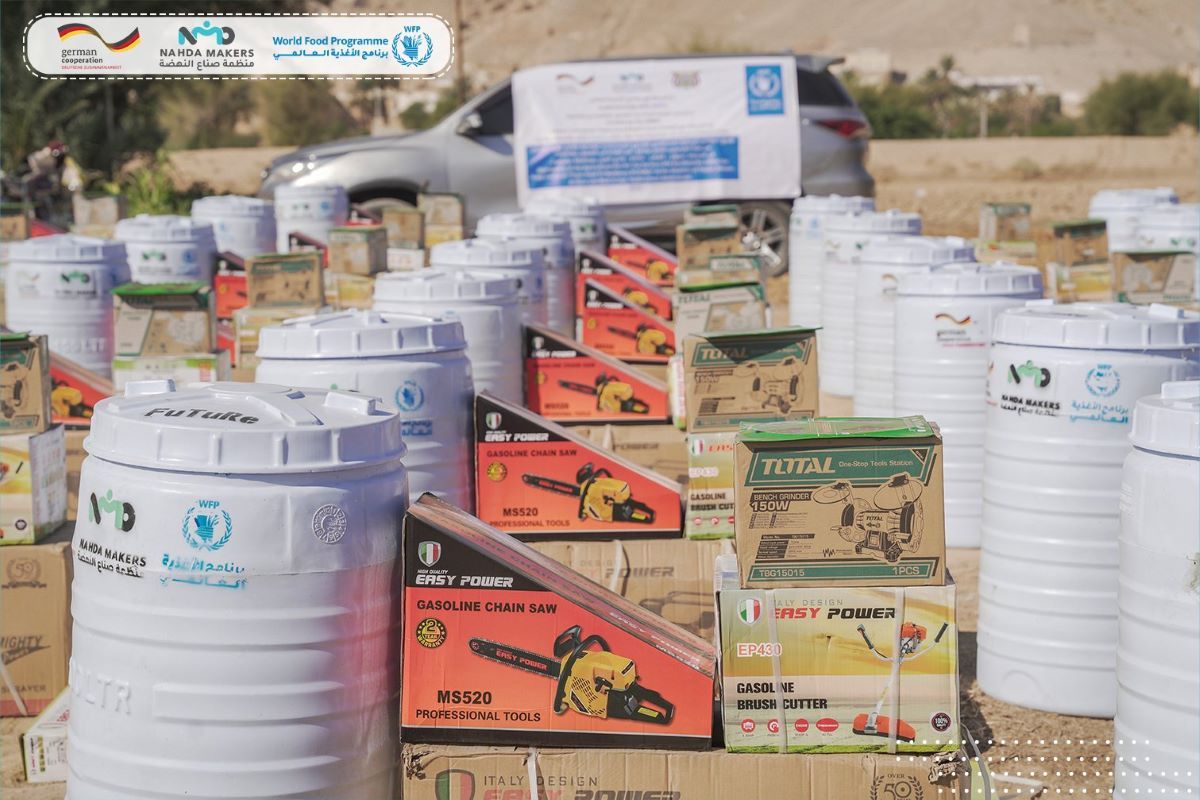

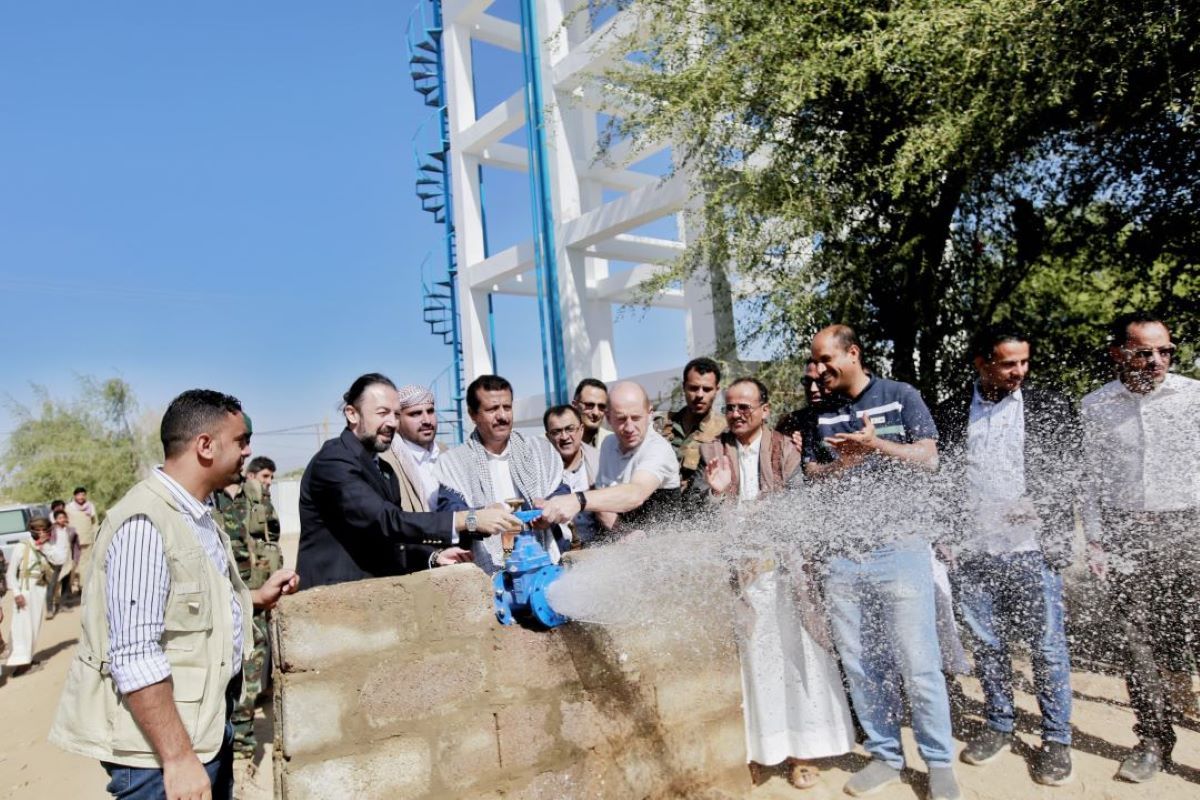

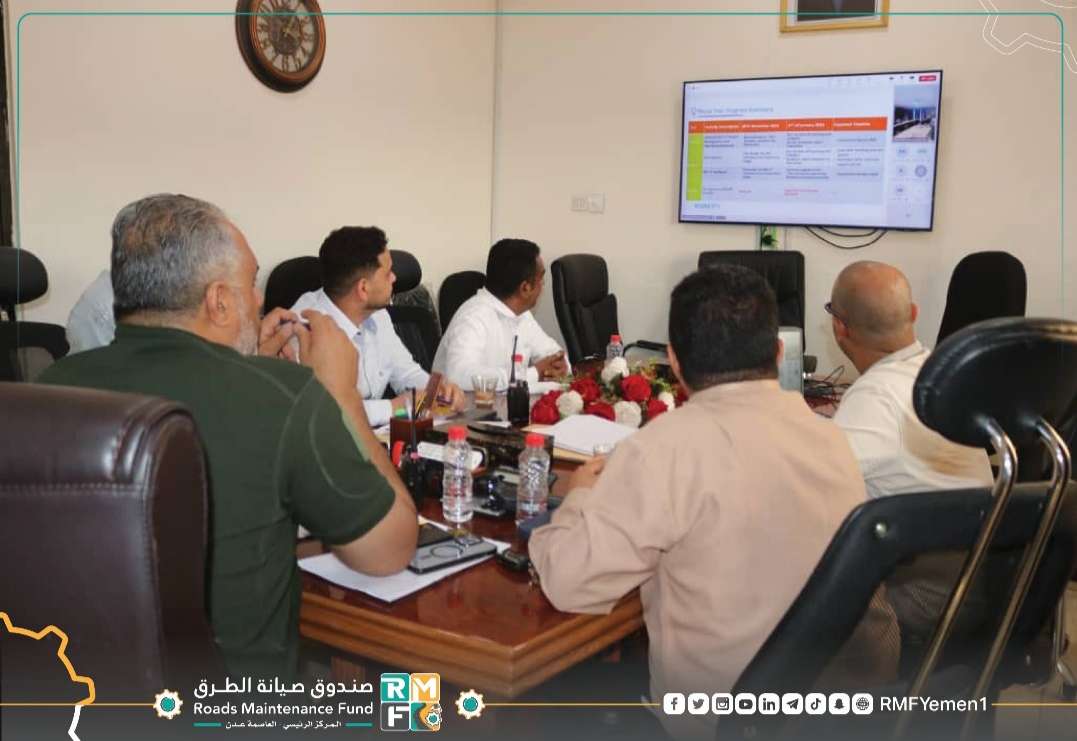


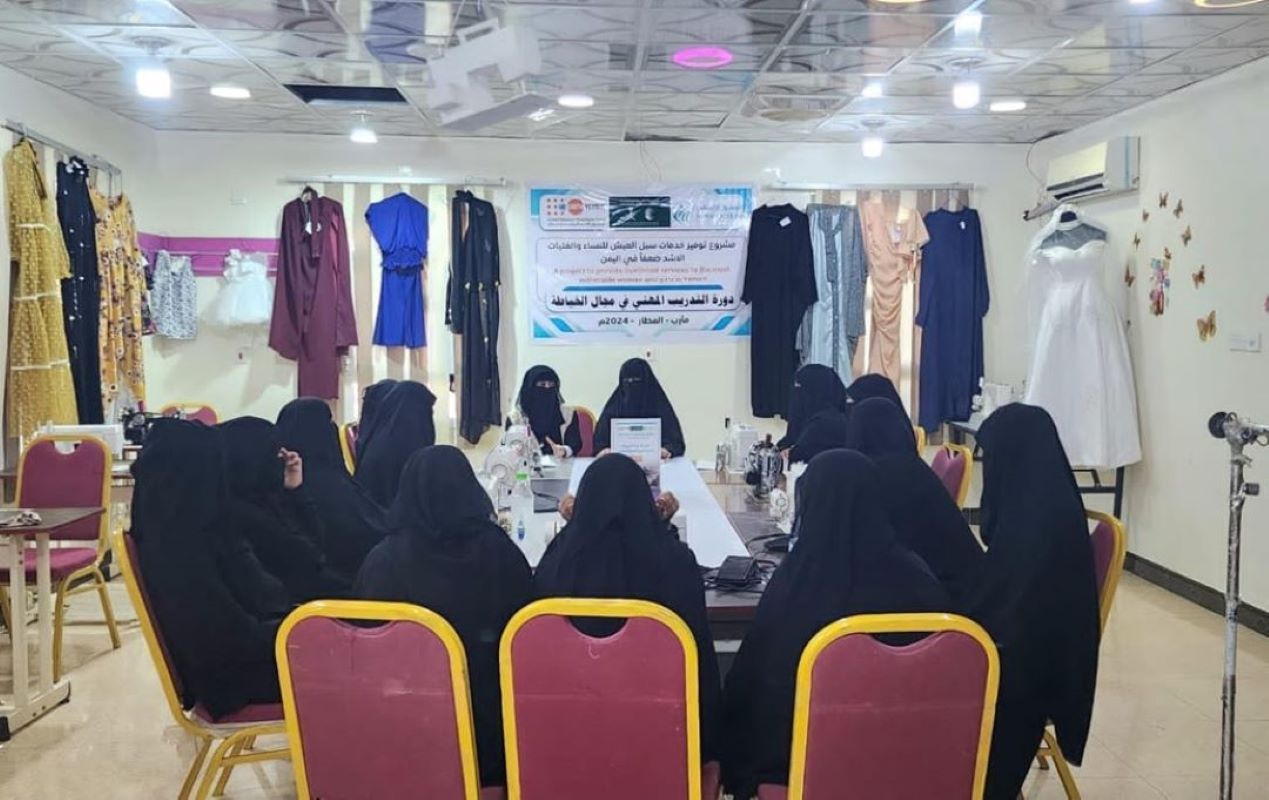


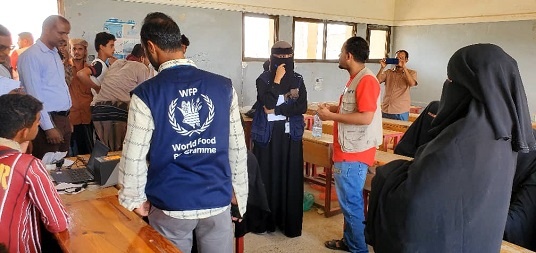
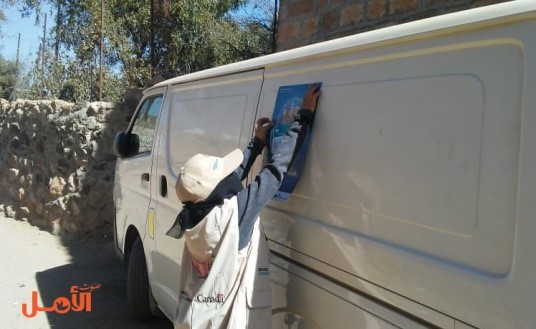
LEAVE A COMMENT